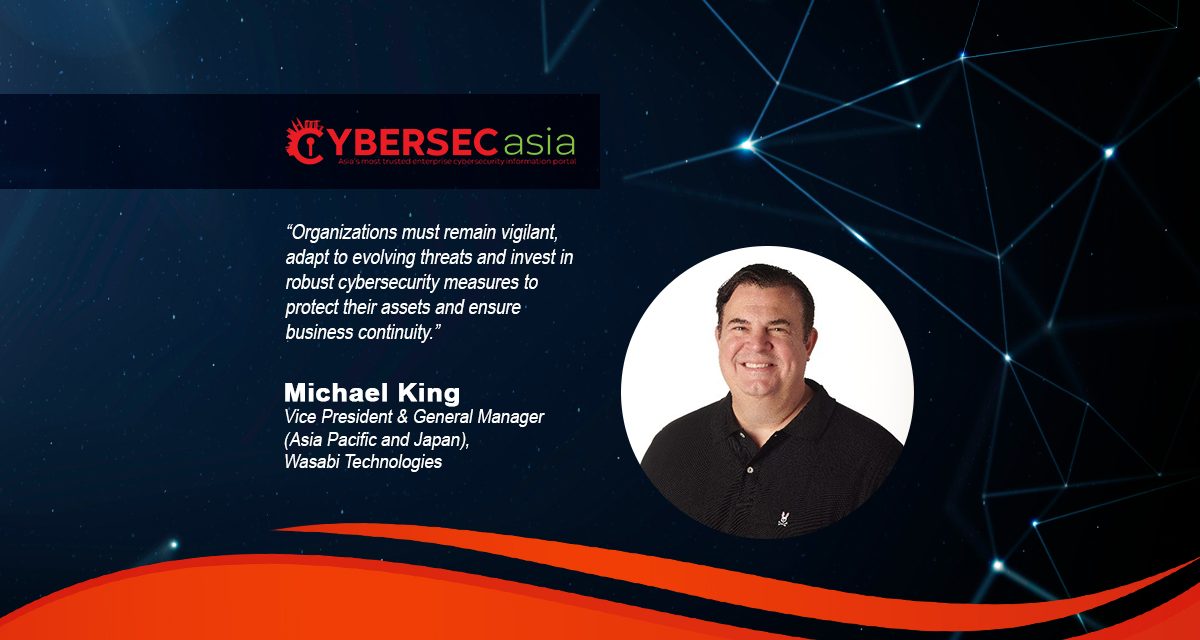Rising rates of cybercrime. Furthermore, cybercriminals have not necessarily advanced, but are riding on global cyber weaknesses, according to this writer
Successful ransomware attacks are on the rise, not necessarily because the techniques employed by cybercriminals have dramatically advanced. Instead, cybercriminals have identified a significant vulnerability: many of the world’s enterprises lack sufficient resilience to fundamental cybersecurity measures.
The increasing complexity of ecosystems today has created more potential vulnerabilities, making it easier for attackers to exploit the weakest links. Also, ransomware remains a significant threat, impacting small- and medium- sized enterprises — especially those in sectors like manufacturing.
While organizations continue to fall victim to cyberattacks, an alarming percentage worldwide have admitted to paying a ransom, often in violation of their ‘no payment’ policies. This trend reveals a deep-seated issue in cybersecurity preparedness and response strategies.
Cyber resilience cannot be assumed
As organizations increasingly adopt new technologies to gain a competitive edge, they can no longer rely on the assumption that their defenses are adequate simply because they have not yet experienced a breach.
Ransomware, once a relatively straightforward tactic, has transformed into a sophisticated extortion scheme. Cybercriminals now frequently steal sensitive data and threaten to publicly expose it unless a ransom is paid.
At the same time, the emergence of Ransomware-as-a-Service (RaaS) has lowered the barrier of entry for aspiring cybercriminals, leading to a surge in ransomware attacks. This autonomy has made ransomware attacks increasingly complex and challenging to detect and defend against, as they can be executed with remarkable speed and precision.
Finally, the advent of AI has amplified the threats posed by ransomware. Cybercriminals are now using AI to analyze large datasets, identify vulnerabilities, and evade detection. Now, AI-powered ransomware can dynamically adjust ransom demands based on perceived financial capabilities of a victim, and employ bot-driven negotiations to maximize returns.
Some factors to consider
Given the frequency of high-profile ransomware attacks, why are organizations still lagging in their defenses?
- A primary reason for this vulnerability is the lack of robust backup and recovery strategies. Insufficiently tested, infrequent backups leave organizations ill-equipped to recover from attacks, often leading to a desperate decision to pay the ransom. The fear of reputational damage from a data breach can also incentivize ransom payments, even when backup options exist.
- SMEs in the region can face barriers in managing cyber risk, including limited funding, talent shortages, and a lack of knowledge or experience. Also, as entry points to larger organizations, SMEs are increasingly vulnerable to malware due to their reliance on digital tools and e-commerce.
- Cybercriminals are increasingly targeting sectors like healthcare, where disruptions can have severe consequences. These industries are particularly attractive to attackers due to the valuable data and intellectual property they hold. The 2021 Colonial Pipeline attack serves as a prime example of how infiltrating critical infrastructure can have a widespread domino-like effect in disrupting supply chains and societies.
Security teams that face this new generation of attacks the traditional way will be severely disadvantaged. The good news, though, is that given the right tools, they can fight fire with fire — and emerge victorious.
Strengthening resilience
To address weaknesses in backup and recovery strategies, immutable backups serve as a critical line of defence against data loss and corruption. These backups are designed to be unalterable, ensuring that even if a system is compromised by ransomware or other malicious actors, the original data remains intact. A contemporary backup strategy should prioritize immutability and rapid accessibility, encompassing the 3-2-1 rule.
For addressing the other two cyber challenges, human collaboration is equally essential. Effective security relies on seamless synchronization among teams responsible for managing and operating security tools. Misalignment can lead to overlooked vulnerabilities and delayed responses, jeopardizing an organization’s cyber resilience. Strengthening multi-user authentication and identity and access management will provide additional safeguards. This prevents unauthorized access and data manipulation, even if a single person’s credentials are compromised.
Ultimately, the battle against ransomware is an ongoing one. Organizations must remain vigilant, adapt to evolving threats and invest in robust cybersecurity measures to protect their assets and ensure business continuity.

















